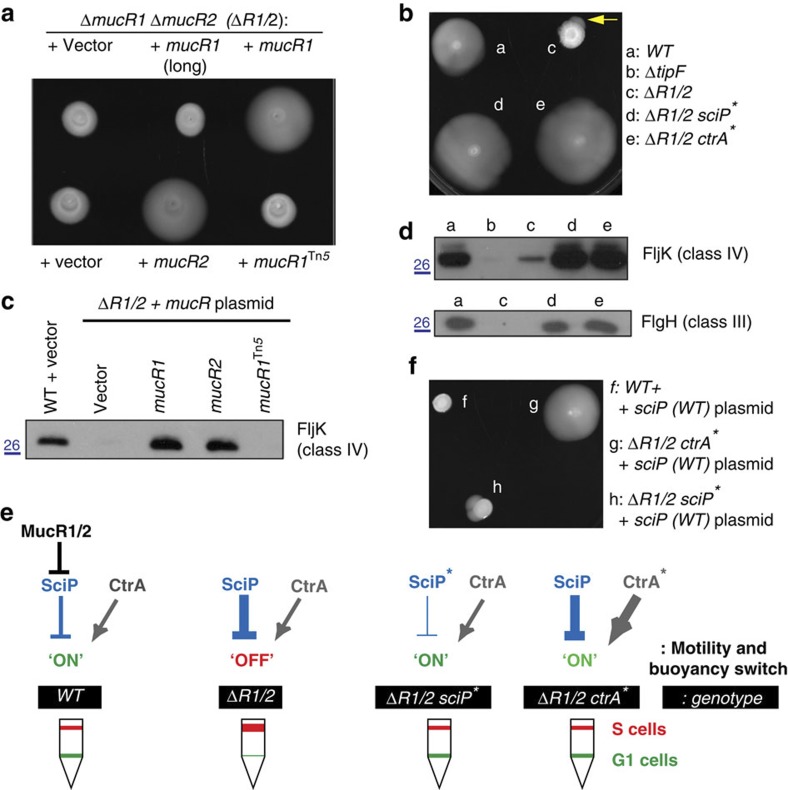Figure 6. Regulatory interplay between mucR1/2, sciP and ctrA in the control of motility.
(a,b). The motility defect of ΔmucR1 ΔmucR2 double-mutant cells (ΔR1/2) can be rescued by expression of mucR1 or mucR2 from a plasmid or by point mutation in sciP or ctrA. (a) Motility plates (0.3% agar) inoculated with ΔR1/2 cells containing the empty plasmid or derivatives with mucR1 (long form, original annotation of CC_0933), mucR1Tn5 or the plasmids carrying mucR1 (CCNA_00982) or mucR2 (CCNA_00998). (b) The motility of ΔR1/2 (c) cells harbouring point mutation in sciP (d) or in ctrA (e) relative to WT cells (a). The yellow arrow points to the emergence of motile suppressors from a non-motile inoculum of ΔR1/2 cells (c) versus WT (a) cells on motility agar. (c) Immunoblot showing the abundance of a class IV gene product (the FljK flagellin) in the supernatant of WT and ΔR1/2 cells containing the plasmids described in a. Molecular size standards are indicated on the left as blue lines with the corresponding values (blue) in kDa. (d) Immunoblots showing the steady-state levels of a class IV gene product (the FljK flagellin) and a class III gene product (the FlgH L-ring protein) in WT (a), ΔR1/2 (c), ΔR1/2 sciP* (d) and ΔR1/2-ctrA* (e) cells. Also shown are the FljK levels in ΔtipF cells as a comparison (b). Molecular size standards are indicated on the left as blue lines with the corresponding values (blue) in kDa. (e) Model based on the regulatory interactions elucidated above. Misregulation of sciP expression in ΔR1/2 impairs motility. A hypomorphic allele of sciP (sciP*) or hypermorphic allele of ctrA (ctrA*) can restore motility to ΔR1/2 cells. The buoyancy phenotype in WT and mutant cells is shown underneath. Note that the sciP* and ctrA* mutations restore the WT buoyancy phenotype, indicating adequate regulation of buoyancy effector(s). (f) The sciP overexpression plasmid pMT335-sciP inhibits motility in the WT (f) and in ΔR1/2 sciP* (h), but not ΔR1/2 ctrA* (g) cells.

